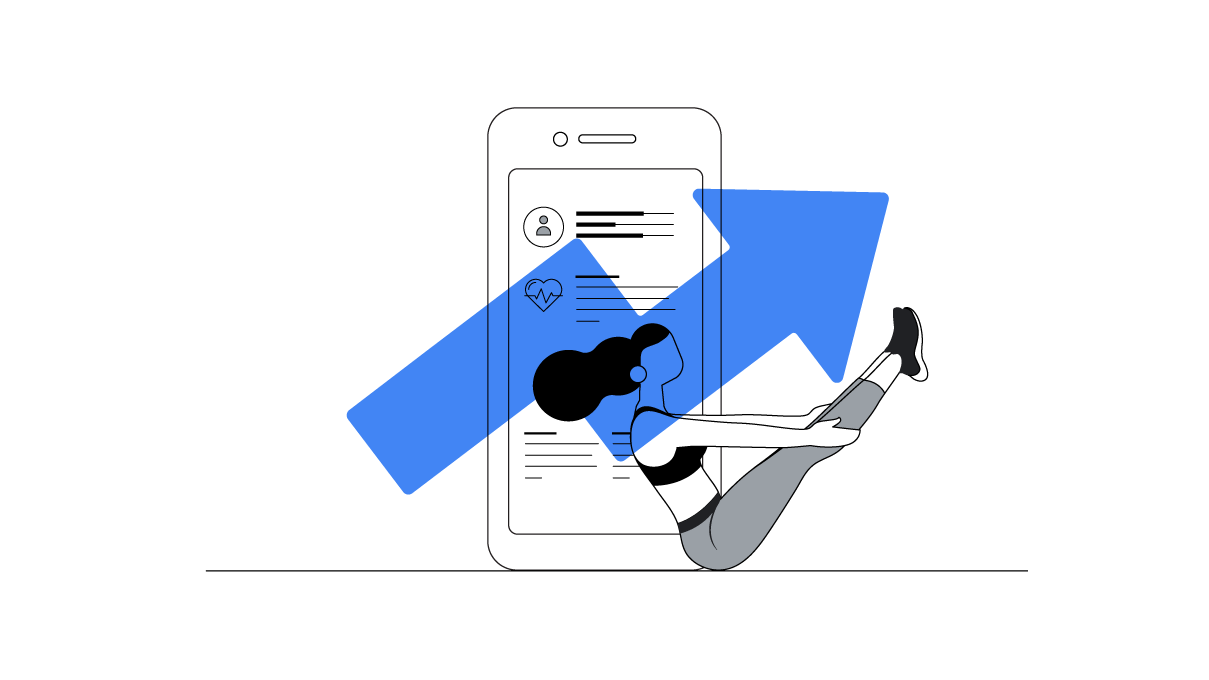Being locally relevant is key for any brick and mortar business, and adidas worked with its agency iProspect to leverage mobile's power to reach local customers. They recognized that in order to build an effective mobile presence, they had to pivot their thinking to understand how mobile drives value beyond mobile commerce, particularly in-store sales. This enabled them to prove that mobile created a 680% incremental increase in ROI.
Goals
Drive sales to adidas brick and mortar stores
Assign a value for mobile to in-store conversions
Prove that mobile brings incremental value to the business
Approach
Leveraged location extension formats
Developed an innovative value-assignment model for mobile to in-store conversions
Results
Determined a 20% conversion rate from mobile store locator to in-store visits
Proved that mobile ROI brought a 680% incremental increase in ROI
Set the stage for further mobile advertising investments
Overview
Adidas is a global leader in the sporting goods industry with brands built on a passion for sports and an athletic lifestyle. Adidas and its digital performance agency, iProspect, have worked hand-in-hand to implement a cutting edge mobile campaign that helps provide a complete scope for how mobile advertising assists in brick and mortar sales.
Leveraging mobile to drive in-store sales
There is no proven way to attribute the amount of foot traffic and in-store conversions as a result of a mobile investment, therefore measuring the ROI of a mobile campaign is challenging. Potential customers often interact with a retailer’s mobile website to locate a nearby store. Knowing this, iProspect created an online-to-offline mobile campaign.
Traditionally adidas and iProspect looked only at the direct mobile purchases. Hypothetically, for a mobile investment worth $1M, and based on adidas mcommerce conversion rate and average order value from the mobile site, this would mean a return on investment of $230K.
By leveraging location extensions in the search ads, users were directed to the store locator page which helped drive in-store traffic. “Users are more likely to be searching for a store location on their mobile device, rather than on desktop or a tablet – that local focus is far more intense on that device type than any other,” said Chris Sinclair, Client Services Director, iProspect. “Targeting ads on a mobile device increased the odds of those users making it into a store, versus a purely organic experience”.
Understanding how mobile truly assists in-store sales is crucial for a brand looking to build its mobile presence. “Once we have driven a certain amount of traffic through the location extension or the store locator page, it can then become a challenge to measure the users that actually converted within the retail store,” said Sinclair. As a result, iProspect and adidas developed the following value-assignment model to understand how mobile influenced adidas’ brick and mortar business:
A value assignment model for mobile-to-store conversions
- Based on years of working with adidas and knowing their target consumer’s shopping patterns, along with iProspect’s internal benchmark, they theorized one out of every five people who click through to the store locator page visited an adidas store
- General in-store conversion data from adidas indicates that around 13% of shoppers who go into stores complete a purchase, and that their order value is typically in the $71 range. Leveraging this data, iProspect applied a 20 percent conversion rate and an $80 AOV: this is based on the stronger intent to purchase as demonstrated by the active search.
Despite the challenge in proving the value of mobile’s impact on in-store conversions, iProspect proved it is possible to develop innovative approaches to mobile measurement. “We had to look at things a different way, using different data points; pulling pertinent information from the adidas retail stores, plus relevant industry data, we developed a unique way to report to the client an applied conversion rate,” said Sinclair.
It was determined that four percent of the people who clicked on a store locator translated into an actual sale for adidas. With an average order value of $80, this means that each store locator click is worth $3.20.
iProspect could prove that for a mobile investment of $1M, the value brought by store locator clicks beyond direct mobile purchase was an extra $1.58M. Mobile is actually driving a considerable return on investment of $1.81:$1.
Not only are we able to drive direct mobile revenue, but there’s an estimated in-store revenue associated as well with our mobile spend.
Being able to execute an innovative mobile to in-store campaign and show the previously unrealized incremental value of the campaign has proved very successful and set the stage for further mobile investment.
“Not only are we able to drive direct mobile revenue, but there’s an estimated in-store revenue associated as well with our mobile spend,” said Sinclair. “We are driving positive returns with the investment. Measurement is key and mobile is driving real, tangible value for brands that marketers might not be aware of.”






